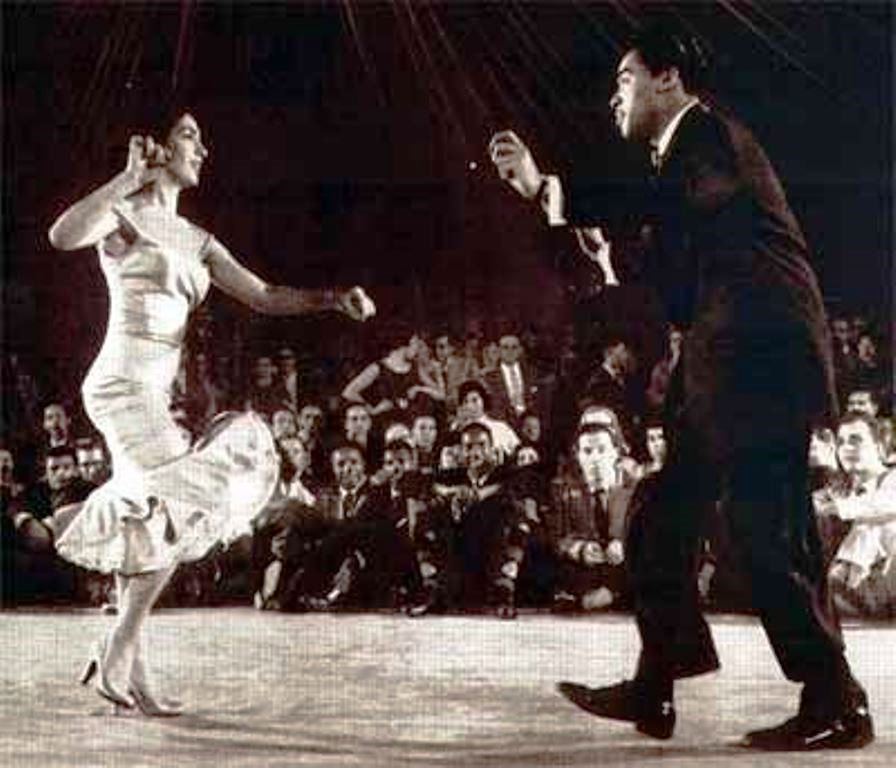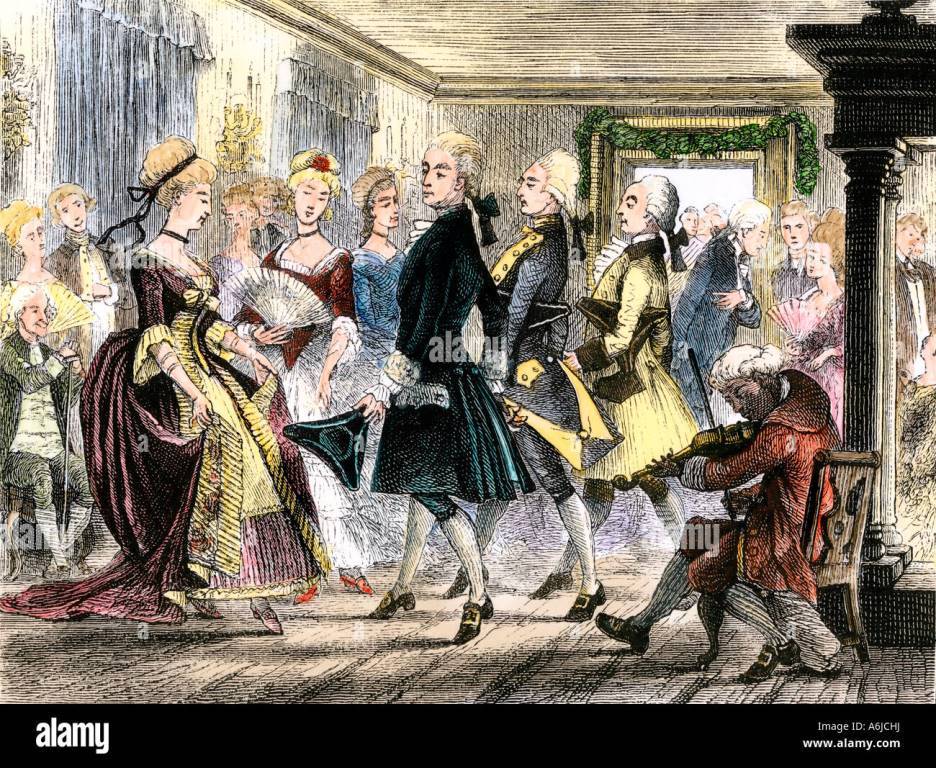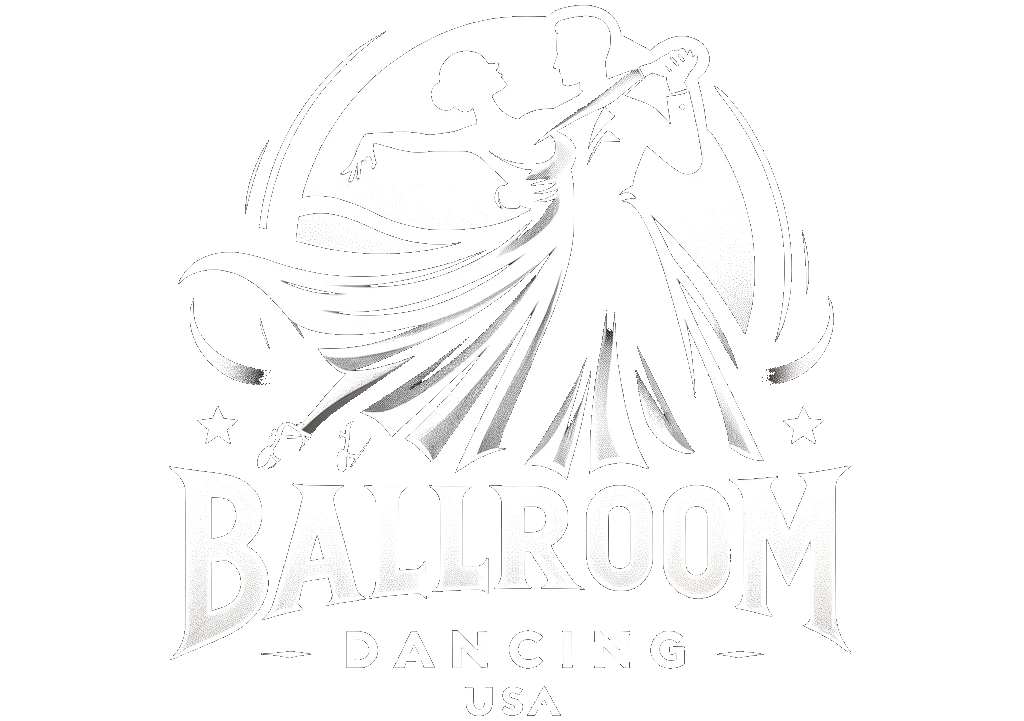
1. Introduction to the History of Ballroom Dance in the United States
Introduction to the History of Ballroom Dance in the United States
The history of ballroom dance in the United States is a long and varied one, spanning centuries and crossing continents. From the early days of the colonists in the 1600s, to the rise of the modern ballroom dance scene in the 20th century, the United States has a rich and diverse history of ballroom dance.
The Early Years
The first ballroom dances to be popular in the United States were brought over by the colonists from Europe. These dances included the minuet, the waltz, the polka, and the quadrille. As time passed, more dances were introduced, including the mazurka, the schottische, the polonaise, and the galop.
The Rise of the Ballroom Dance Scene
In the early 20th century, the ballroom dance scene began to take off in the United States. The popularity of ballroom dancing was helped by the emergence of the “Big Band” era of jazz music, as well as the spread of Latin American music and dances. Dances such as the tango, the cha-cha, and the rumba became popular, and the ballroom dance scene was transformed.
Modern Ballroom Dance
Today, ballroom dance in the United States is a vibrant and diverse scene. Competitive ballroom dancing is popular, and there are many different styles of ballroom dancing, from the traditional Latin and American styles to more modern styles such as hip hop and salsa. No matter what type of ballroom dancing you enjoy, there is something for everyone in the United States.
2. Early Forms of Ballroom Dance in the United States
Early Forms of Ballroom Dance in the United States
The United States has a long and rich history of ballroom dancing that dates back to the colonial era. During this period, the popular dances of the day were the minuet, the polka, and the quadrille. These dances were performed by both men and women, although the minuet was primarily a solo dance.
Minuet
The minuet was a popular court dance in Europe during the 17th and 18th centuries, and it was brought to the United States by the colonists. This dance was characterized by its graceful, slow steps and its intricate patterns. The minuet was performed in a square formation, with couples facing each other in two lines.
Polka
The polka was a lively and popular dance that originated in Bohemia (now the Czech Republic) in the mid-19th century. It quickly spread throughout Europe and eventually made its way to the United States. The polka was typically danced in a circle, with couples facing each other in a line. The steps were fast and energetic, and the dance was often accompanied by lively music.
Quadrille
The quadrille was a popular dance of the 19th century that was derived from the minuet. It was usually performed in a square formation, with couples facing each other in two lines. The steps were more complex than those of the minuet, and the dance was often performed to lively music.
3. Popularization of Ballroom Dance in the 20th Century
Popularization of Ballroom Dance in the 20th Century
The 20th century saw a resurgence in the popularity of ballroom dancing in the United States. This was due in part to the advent of television and radio, which allowed people to watch and listen to ballroom dancers from the comfort of their own homes. Additionally, the introduction of the jukebox in the 1930s allowed people to access ballroom music in places such as bars and restaurants.
The Rise of the Big Band
The Big Band era of the 1930s and 1940s was a major factor in the popularization of ballroom dancing. Big Band music was typically played at a tempo that was perfect for swing dancing. This made it easy for people to learn the steps and perfect their technique. As a result, ballroom dancing became a popular pastime for couples of all ages.
The Influence of Movies
Movies of the 1940s and 1950s also had a significant impact on the popularity of ballroom dancing. Films such as the classic musicals Singin’ in the Rain and An American in Paris featured memorable dance sequences that showcased the grace and beauty of ballroom dancing. Such movies helped to create a romanticized view of ballroom dancing, which further increased its popularity.
The Impact of Television
Television had a huge impact on the popularity of ballroom dancing in the 20th century. Shows such as Dance Fever and Soul Train featured popular ballroom dances from the time, and they helped to spread the popularity of ballroom dancing to a wider audience. Additionally, competitive shows such as Dancing with the Stars showcased the skill and technique of professional ballroom dancers, inspiring people to take up ballroom dancing as a hobby.
Conclusion
The 20th century saw a tremendous increase in the popularity of ballroom dancing in the United States. This was due in part to the influence of radio, movies, and television, which allowed people to watch and listen to ballroom dancers from the comfort of their own homes. Additionally, the introduction of the jukebox and the Big Band era helped to spread the popularity of ballroom dancing to a wider audience. All of these factors combined to make ballroom dancing one of the most popular forms of entertainment in the United States.
4. Cultural Impact of Ballroom Dance in the United States
Cultural Impact of Ballroom Dance in the United States
The cultural impact of ballroom dance in the United States has been immense. It has been an integral part of the social fabric of the nation, influencing popular culture, fashion, and music.
Popular Culture
Ballroom dance has been featured in countless films and television shows, from classic films like “Singing in the Rain” to recent hits like “Dancing with the Stars”. It has also been featured in musicals like “Cabaret” and “Chicago”. Ballroom dance has been used to express emotions and to tell stories, making it a powerful tool in popular culture.
Fashion
The fashion of ballroom dance has also had a major impact in the United States. From the classic tuxedo and gown to the more modern Latin-inspired dancewear, the fashion of ballroom dance has been a major influence on popular fashion trends.
Music
The music of ballroom dance has been a major influence in the United States as well. From the classic waltz to the more modern Latin rhythms, the music of ballroom dance has been used to create a unique atmosphere that is both exciting and romantic.
Conclusion
The cultural impact of ballroom dance in the United States has been immense. It has been a major influence in popular culture, fashion, and music, making it an integral part of the social fabric of the nation.
5. Development of Ballroom Dance Competitions in the United States
Development of Ballroom Dance Competitions in the United States
The development of ballroom dance competitions in the United States took off in the early 1900s. The first competitive ballroom dance events were held in the U.S. as early as 1908, and the first national championships were held in 1924.
1920s and 1930s
In the 1920s and 1930s, ballroom dance competitions were held in many cities across the United States. These competitions were typically organized by local dance clubs and associations and were often hosted in prestigious venues such as hotels and ballrooms.
The dances performed at these events included the popular Foxtrot, Waltz, and Tango. The competitions also featured the Charleston, a dance that gained popularity during the Roaring Twenties.
Post-World War II
After World War II, ballroom dance competitions began to gain more popularity in the United States. This was due in part to the increased popularity of swing and Latin dance styles.
In 1947, the National Dance Council of America (NDCA) was founded to promote ballroom dance competitions in the United States. The NDCA organized the first United States National Ballroom Dance Championships in 1950. This event was held in New York City and featured competitors from across the country.
Modern Times
Today, ballroom dance competitions are held in cities throughout the United States. These events are organized by the NDCA and other organizations such as the United States Amateur Ballroom Dancers Association (USABDA).
The NDCA and the USABDA are both responsible for setting the rules and regulations for ballroom dance competitions in the United States. They also organize and host the annual United States National Ballroom Dance Championships.
In addition to the national championships, there are also regional and local competitions held throughout the year. These events provide an opportunity for dancers of all levels to compete and showcase their talent.
Conclusion
The development of ballroom dance competitions in the United States has come a long way since the early 1900s. Today, these events are held in cities across the country and feature dancers of all levels. The NDCA and the USABDA are responsible for setting the rules and regulations for ballroom dance competitions and for organizing the annual United States National Ballroom Dance Championships.
6. Different Styles of Ballroom Dance Popular in the United States
Different Styles of Ballroom Dance Popular in the United States
1. Waltz
The Waltz is a classic ballroom dance that has been popular for centuries. It is a smooth, graceful and elegant dance that is danced in three-quarter time. The Waltz is usually danced in a closed position, with the couple’s arms around each other and their feet moving in an alternating pattern.
2. Foxtrot
The Foxtrot is a smooth, progressive ballroom dance that is danced in four-four time. It is characterized by smooth, gliding movements and a steady rhythm. The Foxtrot is usually danced in a closed position, with the couple’s arms around each other and their feet moving in an alternating pattern.
3. Tango
The Tango is a passionate and dynamic ballroom dance that originated in Argentina. It is danced in two-four time and is characterized by sharp, staccato movements and a strong sense of rhythm. The Tango is usually danced in an open position, with the couple’s arms around each other and their feet moving in an alternating pattern.
4. Viennese Waltz
The Viennese Waltz is a fast-paced ballroom dance that is danced in three-four time. It is characterized by quick, sweeping movements and a steady rhythm. The Viennese Waltz is usually danced in a closed position, with the couple’s arms around each other and their feet moving in an alternating pattern.
5. Quickstep
The Quickstep is a lively and energetic ballroom dance that is danced in four-four time. It is characterized by quick, intricate steps and a fast tempo. The Quickstep is usually danced in a closed position, with the couple’s arms around each other and their feet moving in an alternating pattern.
6. Rumba
The Rumba is a passionate and sensual ballroom dance that is danced in four-four time. It is characterized by slow, controlled movements and a strong sense of rhythm. The Rumba is usually danced in an open position, with the couple’s arms around each other and their feet moving in an alternating pattern.
7. Conclusion: The Enduring Legacy of Ballroom Dance in the United States
Conclusion: The Enduring Legacy of Ballroom Dance in the United States
The history of ballroom dancing in the United States is a long and varied one, filled with a diverse range of styles, influences, and movements. From the early days of the minuet and waltz to the more modern interpretations of swing, Latin, and hip-hop, ballroom dancing has had a profound impact on the culture of the United States.
The legacy of ballroom dancing in the United States continues to this day, with a thriving community of dancers, teachers, and enthusiasts. Whether it’s the competitive world of professional ballroom dancing or the more casual social dancing seen in clubs and bars, ballroom dancing remains a popular pastime for many.
The Impact of Ballroom Dancing on American Culture
Ballroom dancing has had a lasting impact on American culture. It has provided a way for people of different backgrounds and cultures to come together and express themselves. It has also inspired generations of dancers, choreographers, and musicians to create new and innovative works.
The influence of ballroom dancing can also be seen in popular music, fashion, and film. From the classic sounds of Glenn Miller to the modern beats of Justin Timberlake, ballroom dancing has been a source of inspiration for many.
The Future of Ballroom Dancing in the United States
The future of ballroom dancing in the United States is bright. With the rise of the internet and social media, more people than ever are discovering the joys of ballroom dancing. From online classes to virtual competitions, the possibilities are endless.
The United States is also home to some of the best ballroom dancers in the world. From the world champions of the United States Ballroom Dance Association to the professionals who compete on the world stage, American ballroom dancers are leading the way in this vibrant and exciting art form.
The legacy of ballroom dancing in the United States is one of joy, creativity, and community. As long as we continue to embrace this art form, it will remain an important part of our culture for generations to come.





